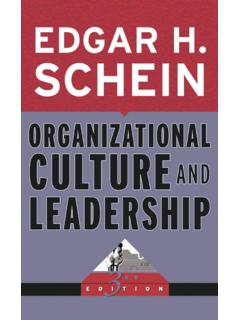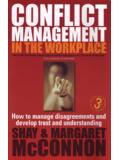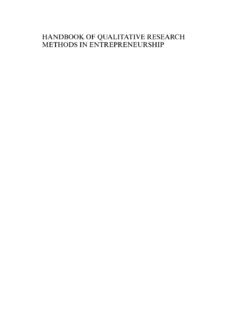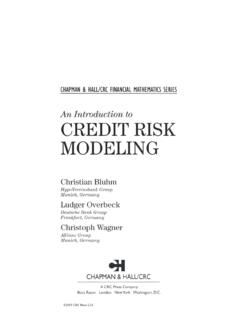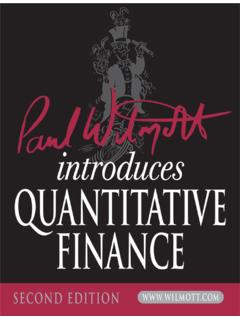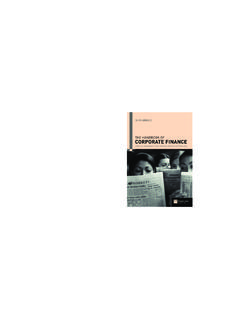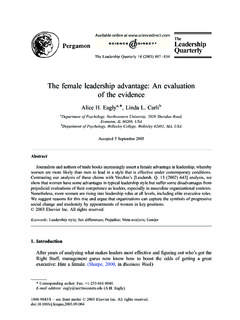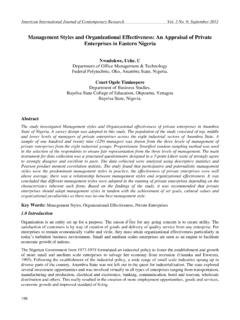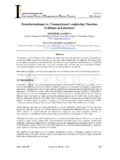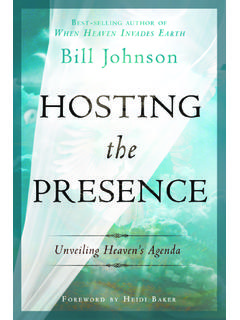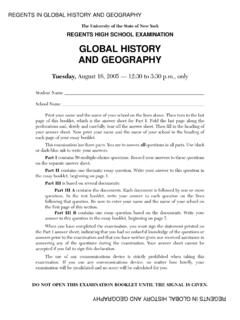Transcription of Managing conflict in organizations - UNTAG
1 Managing Conflictin OrganizationsManaging Conflictin OrganizationsTHIRD EDITIONM. Afzalur RahimQUORUM BOOKSW estport, Connecticut LondonLibrary of Congress Cataloging-in-Publication DataRahim, M. conflict in organizations / M. Afzalur Rahim. 3rd bibliographical references and 1 56720 262 4 (alk. paper)1. conflict management. I. '053 dc2100 037271 British Library Cataloguing in Publication Data is 2001 by M. Afzalur RahimAll rights reserved. No portion of this book may bereproduced, by any process or technique, withoutthe express written consent of the of Congress Catalog Card Number: 00 037271 ISBN: 1 56720 262 4 First published in 2001 Quorum Books, 88 Post Road West, Westport, CT 06881An imprint of Greenwood Publishing Group, in the United States of AmericaTMThe paper used in this book complies with thePermanent Paper Standard issued by the NationalInformation Standards organization ( 1984).
2 10987654321To Masuda and SayeedContentsPrefacexi1. Introduction1 Contributions from Various Disciplines2 Organizational Conflict7 Summary142. Nature of Conflict17 Defining Conflict17 Threshold of Conflict19 conflict and Competition19 Classifying Conflict20 styles of Handling Interpersonal Conflict24 Summary323. Measurement of Conflict35 Development of the ROCI I36 Development of the ROCI II46 Summary614. Organizational Learning and Effectiveness63 Defining Organizational Learning63 Types of Learning64viiiContentsOrganizational Effectiveness65 Characteristics of the Old Paradigm68 conflict Management in the New Paradigm72 Summary725. conflict Management Design75 Defining conflict Management75 Contingency Approach85 conflict Management Process86 Major Research Challenges94 Summary946.
3 Intrapersonal Conflict97 Types of Intrapersonal Conflict97 Role98 Role Conflict99 Role Ambiguity100A Model of Role conflict and Ambiguity101 Consequences of Role Conflict103 Managing Intrapersonal Conflict104 Summary1157. Interpersonal Conflict117 The Prisoner s Dilemma117A Model of Conflict118 Consequences of Interpersonal Conflict122 Negotiation123 Managing Interpersonal Conflict125 Summary1428. Intragroup Conflict143 Types of Groups144 Effects of Intragroup Conflict145 Managing Intragroup Conflict148 Summary160 Contentsix9. Intergroup Conflict163 Dynamics of Intergroup Conflict164 Effects of Intergroup Conflict167 Managing Intergroup Conflict168 Intervention175 Summary17910. Ethics and Morality181 Ethics and Morality Defined182 Behavioral Perspectives for conflict Management183 Ethical Evaluation of conflict Management183 Ethics and Leadership Structure184 Four Methods of Discourse185 Practical Methods and conflict Management Styles188 Stages of Moral Development193 Conclusions195 Summary19511.
4 Epilogue197A Design for Managing Conflict198 The Ethics of Managing Conflict206 Appendix A: Cases2091. Allen Manufacturing Corporation2092. New Employee at the Credit Union2113. Minnis Service2154. The Hormel Strike at Austin, Minnesota218 Appendix B: Exercises2351. Contract Building2362. Technique of Role Analysis2373. Job Design2394. Transactional Analysis2405. Management of Disagreements2436. Team Building2447. Intergroup Problem Solving247xContents8. Organizational Mirroring2519. Analysis of Task Interdependence253 References257 Author Index281 Subject Index289 PrefaceDuring the last decade, business organizations in the United States came underintense competition from abroad.
5 The implementation of the North AmericanFree Trade Agreement (NAFTA) and the General Agreement on Tariffs andTrade (GATT) is now intensifying competition on a global scale. As a result,numerous organizations are faced with the challenge of introducing innovativechanges to enhance their competitive position. The last decade has also seen bigchanges in the world with the collapse of socialism in Eastern Europe and theformer Soviet Union. The introduction of the market economies would requiremanagers in these countries to learn advanced management are constantly changing in order to improve their competitiveposition, but this does not, of course, mean that our organizations are learningto manage conflict more effectively.
6 The previous two editions of this bookmentioned that managers and administrators attempt not so much to understandand deal with conflict functionally as tofind ways of reducing, avoiding, orterminating it. It appears that this state of affairs has remained unchanged. Asa result, valuable resources are wasted as employees engage in dysfunctionalconflict and miss the opportunity of utilizing functional conflict to improve this edition, the major objective ( , to develop a design for the effectivemanagement of conflict at various levels in an organization ) has remained un-changed. The thesis of this book continues to be that the management of or-ganizational conflict involves the diagnosis of and intervention in conflict .
7 Adiagnosis is needed to determine whether and to what extent an intervention isneeded to:1. Minimize affective conflict ;2. Attain and maintain a moderate amount of substantive conflict ; andxiiPreface3. Enable the organizational members to learn and use the various styles of behavior,such as integrating, obliging, dominating, avoiding, and compromising, for handlingdifferent conflict situations of the goals is to present the reader with additional scientific studies onconflict and conflict management that appeared in professional journals andbooks after the second edition of this work was published in 1992. Chapters 3(Measurement of conflict ), 4 (Organizational Learning and Effectiveness), and10 (Ethics and Morality) have been added to strengthen the macro conflict management edition can be used as a good supplement to courses on OrganizationalBehavior, Organizational and Industrial Psychology, Organizational Communi-cation, and organization Development.
8 It will also be useful to the managementpractitioners and consultants on conflict wish to express my special gratitude to Karen Jehn, University of Pennsyl-vania, Clement Psenicka, Youngstown State University, Jan Edward Garrett andNace Magner, Western Kentucky, and Robert Golembiewski, University ofGeorgia, for helping me to improve several parts of the book. I want to expressmy thanks to my management students of Youngstown State and Western Ken-tucky Universities, who provided the data for preparing the collegiate norms ofconflict and conflict styles . I want to express my appreciation to several anon-ymous reviewers for making comments on several parts of the book. Theiropinions were useful in refining some of my thoughts on conflict and conflictmanagement, but I am fully responsible for thefinal price that an author s family pays for a book is enormous.
9 I express mygratitude and indebtedness to my wife and son for their patience and suppor-tiveness. My wife was very supportive during various stages of the her help it would have been very difficult to accomplish this Conflictin OrganizationsChapter 1 IntroductionConflict is inevitable among humans. When two or more social entities ( ,individuals, groups, organizations , and nations) come in contact with one anotherin attaining their objectives, their relationships may become incompatible orinconsistent. Relationships among such entities may become inconsistent whentwo or more of them desire a similar resource that is in short supply; when theyhave partially exclusive behavioral preferences regarding their joint action; orwhen they have different attitudes, values, beliefs, and skills.
10 conflict is theperception of differences of interests among people (Thompson, 1998, p. 4).Another definition of conflict would bea process of social interaction involving a struggle over claims to resources, power andstatus, beliefs, and other preferences and desires. The aims of the parties in conflict mayextend from simply attempting to gain acceptance of a preference, or securing a resourceadvantage, to the extremes of injuring or eliminating opponents. (Bisno, 1988, pp. 13 14; see also Coser, 1968, p. 232)The theme of conflict has been with us and has influenced our thinking fromtime immemorial. It received different degrees of emphasis from social scientistsduring various periods of history.
